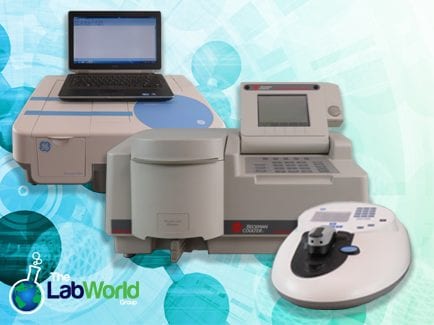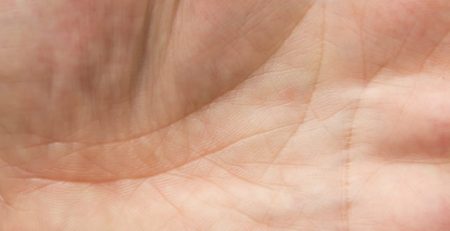What to Consider When Buying a Spectrophotometer
A wide range of laboratories rely on spectrophotometers to determine the concentration of a solution sample by measuring the light absorbed, or transmitted, as it passes through said sample. The range of specifications and cost of ownership are extensive, so before investing in a new or used spectrophotometer, consider asking yourself the following questions:
For what applications will you be using this instrument?
As with any piece of laboratory equipment, it’s important to take into consideration not only how you plan to use the equipment in your lab today, but also how you may use it in the future. Future applications may require a broader range of specifications, and taking this into consideration beforehand can help you determine the detection range your laboratory requires.
What types of samples will you be working with?
The samples you plan on testing will directly impact the type of spectrophotometer you purchase. A concentrated liquid or solid sample requires a significantly higher working absorbance range than more translucent liquid samples. Knowing your primarily sample type will help you determine whether a simple, pre-programmed water analysis spectrometer is appropriate, or if you’ll require a more robust laboratory spectrophotometer, which allows the flexibility to design your own tests for any analyte that is active in the visible range.
How will throughput and reproducibility determine which spectrophotometer is right for you?
Purchasing a spectrophotometer with automation options and the ability to process multiple samples at the same time makes sense for a laboratory expecting a high volume of throughput, while laboratories looking for more accurate and reproducible results would benefit from a dual beam system, which can eliminate human error and increase analysis speed. Knowing which is ultimately more important to your lab can help insure you purchase a spectrophotometer that will best help your lab accomplish its goals. Here’s our used Spectrophotometer inventory – Click Here














